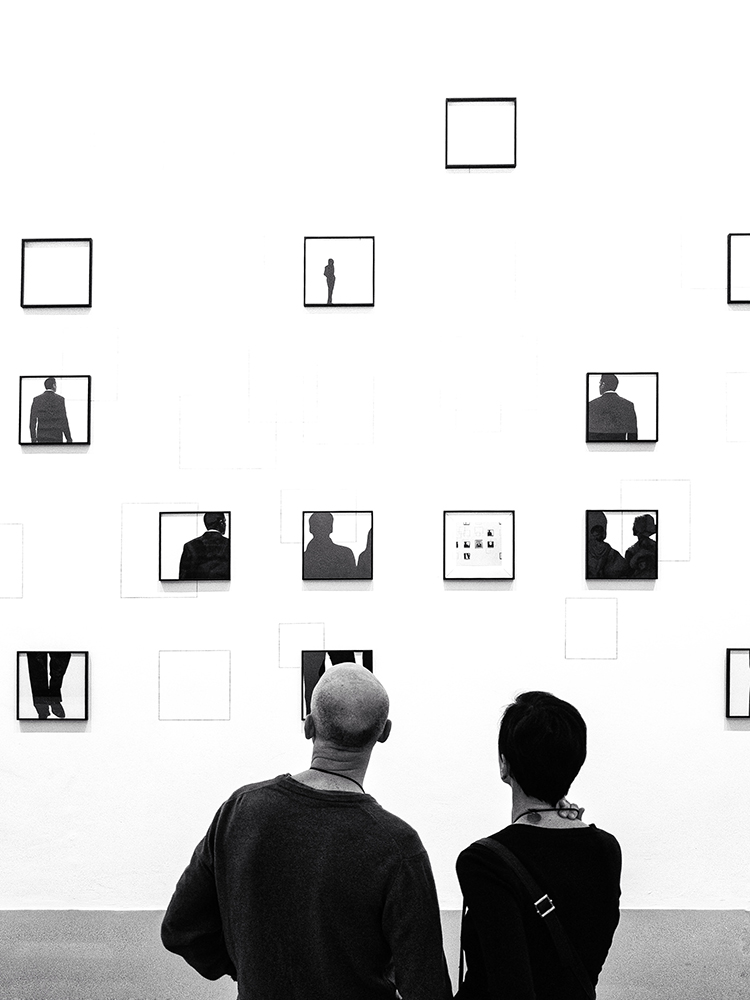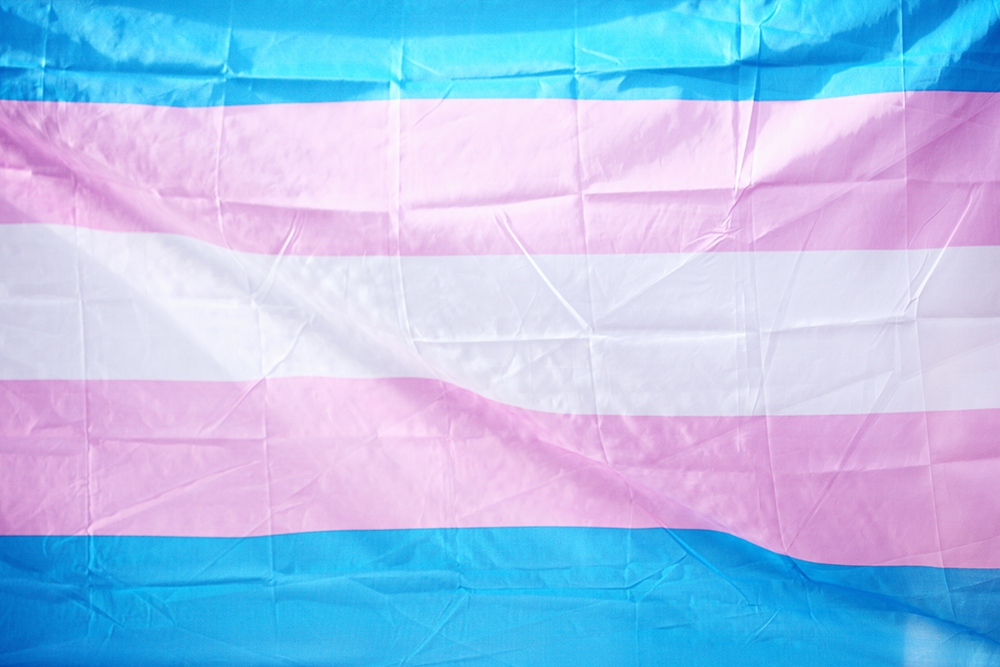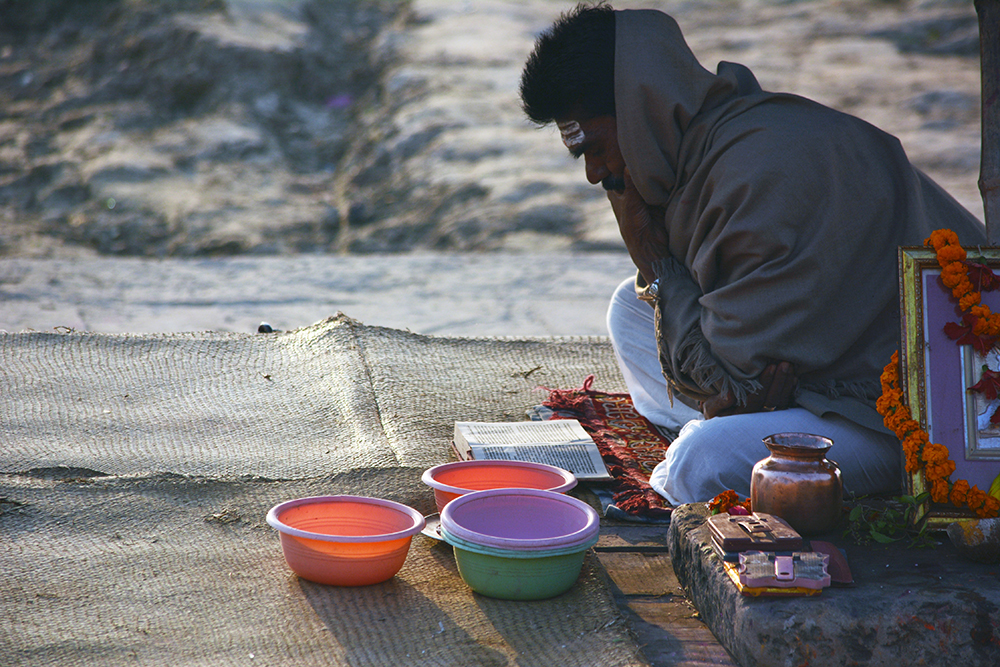
Health officials changed New Zealand’s Covid-19 vaccination technique and needle type after an issue arose with particles breaking off from a vial’s rubber stopper.
The problem, akin to corking an old bottle of wine, resulted in a smattering of wasted doses across several district health boards (DHBs).
It was not proactively disclosed to the public by the Ministry of Health and only came to light following inquiries by Stuff.
Ministry service design manager Joe Bourne said in a statement the issue arose early in the vaccine roll-out.
READ MORE:* Covid-19: How New Zealand’s vaccine roll-out compares to other countries* Covid-19: Nearly 300,000 vaccines in storage, but under half of trained vaccinators active* Heath board has contacted 50 people affected by software privacy breach
Following a small number of reports of this issue happening occasionally at the beginning of the vaccine roll-outs we have changed the gauge of the needle and the technique used to extract the vaccine from the vial, Bourne said.
This has reduced the frequency of this occurring and it is not a significant ongoing problem.
A health worker prepares a dose of the Pfizer Covid-19 vaccine at the Jose Manuel Lopez sports center in Santiago, Chile, Wednesday, April 7, 2021. (AP Photo/Esteban Felix)
A ministry spokesperson said the change in needle gauge and technique for preparing the vaccine had not had any impact on the ability to extract six doses per vial.
They said the vaccine discard rate was about 3 per cent across the country, which was lower than was initially predicted.
The ministry expects some Covid-19 vaccine discard to occur as with any vaccine but the number of occurrences of this is low.
DHBs across the country are using different approaches appropriate to their regional delivery models to ensure they use as much of the available Covid-19 vaccine as possible.
Do you know more? Email george.block@stuff.co.nz
Stuff approached every DHB in the country with questions about their vaccine wastage rate.
Of the DHBs that responded, major boards like Auckland, Waitemat, Capital and Coast and Hutt Valley, referred questions to the Ministry of Health.
A few smaller DHBs answered the questions.
Bay of Plenty DHB Covid-19 incident controller Trevor Richardson said it had administered about 400 vials (or about 2400 doses) of the vaccine.
Two vials of 12 doses were unable to be used due to particulates from the rubber stoppers, he said.
This was an issue identified and addressed nationally.
Other DHBs indicated low wastage rates.
Tairwhiti DHB in Gisborne said just two out of 995 doses of the Covid-19 vaccine have had to be discarded so far.
Hawkes Bay DHB said 15 doses had been wasted of the 1782 vaccines delivered.
The Waiarapa, Southern, Whanganui and Nelson Marlborough DHBs reported no wastage so far.
French authorities allowed for a wastage rate of up to 30 per cent during their vaccine roll-out, the ABC reported.
The rates of wastage are higher with multi-dose vials, as are used for the Pfizer vaccine, which contains six doses.
In Japan millions of doses of Covid vaccine will reportedly be discarded because the nation lacked the correct type of syringes to draw six doses from each vial.
In a press conference on February 24, director-general of health Dr Ashley Bloomfield said health professionals had worked out how to get six doses out of Pfizer vials, without using a low dead space syringe.
Right from the start our nurses have been able to get six doses in most instances out of these five-dose vials, even with regular needles and syringes, Bloomfield said.
Instructions for preparing the vaccine provided by the Immunisation Advisory Centre shows the Pfizer vaccine, which needs to be stored at ultra low temperatures, comes as a concentrate and needs to be diluted before it is administered.
It instructs health staff not to use the vaccine if it is discoloured or contains particulate matter.

 Subscribe to The Daily Telegraph to get unrestricted digital access, home paper delivery, Apps for iPad and Android, member only +Rewards and much more…
Subscribe to The Daily Telegraph to get unrestricted digital access, home paper delivery, Apps for iPad and Android, member only +Rewards and much more…  Do you compost or buy second hand?
Do you compost or buy second hand? 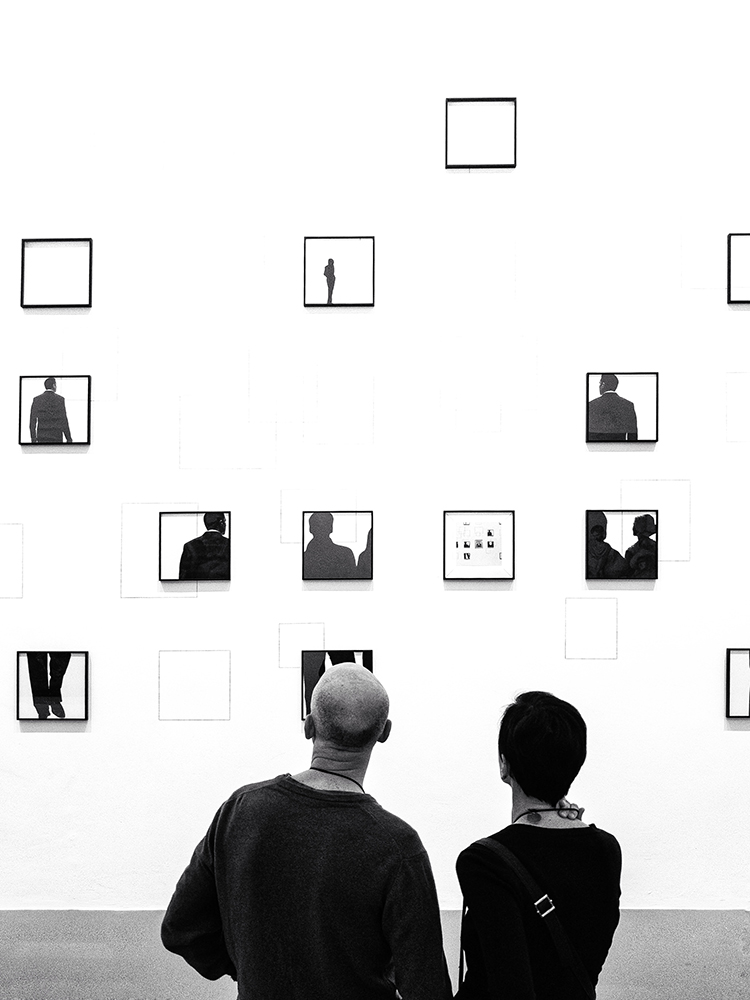 The Newsreader review: Exhilirating Australian prestige drama
The Newsreader review: Exhilirating Australian prestige drama 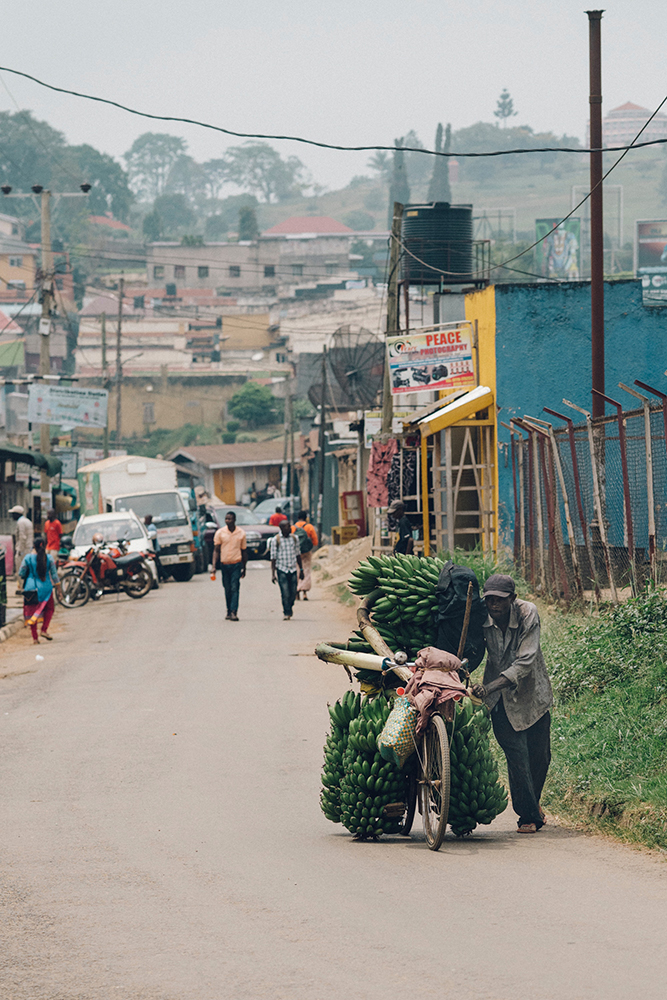 Local shares fell on Friday as investors make last-minute adjustments to their portfolios ahead of the main index’s rebalancing, while unease over rising infections grows.
Local shares fell on Friday as investors make last-minute adjustments to their portfolios ahead of the main index’s rebalancing, while unease over rising infections grows. 